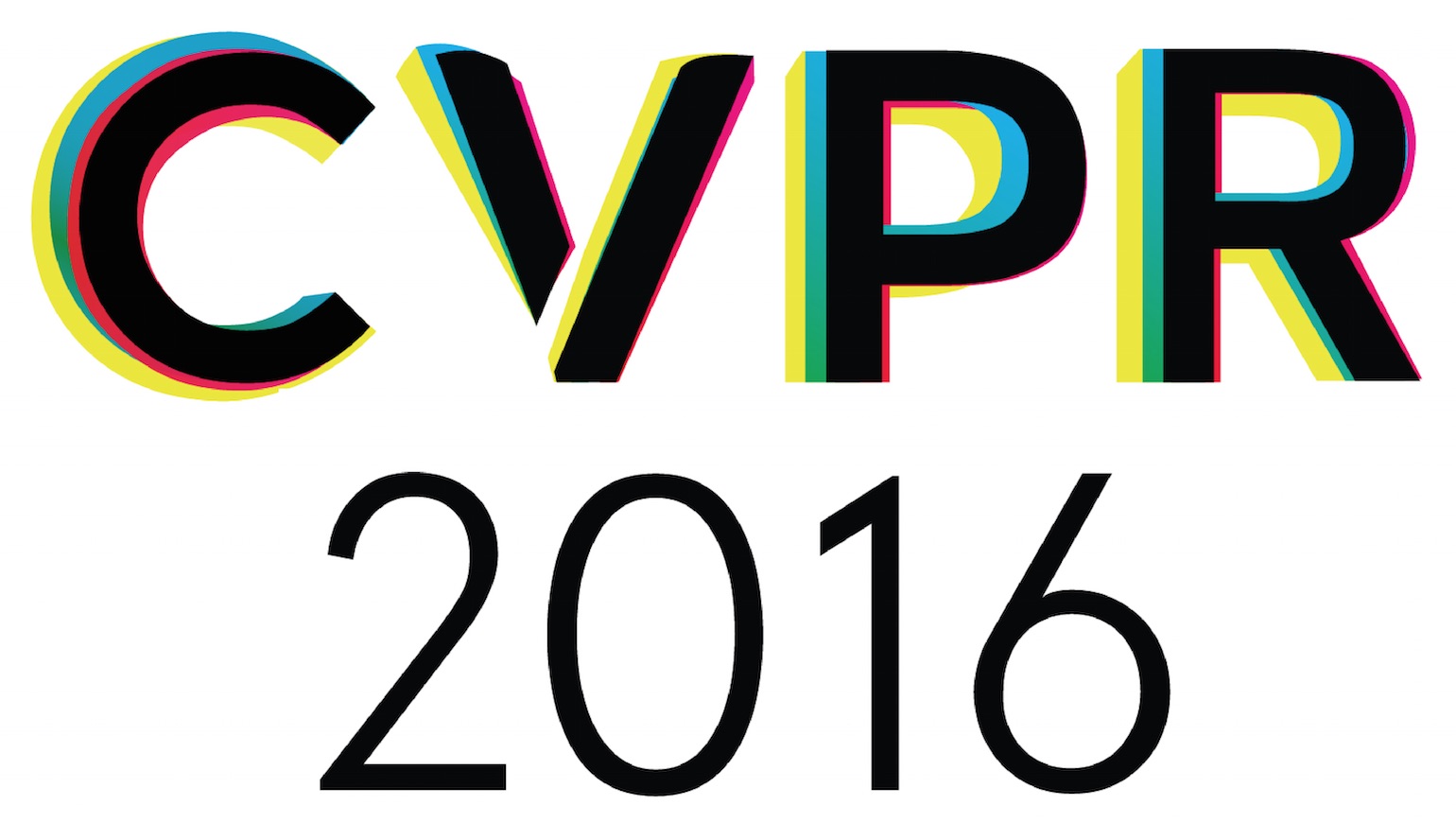-
Visual Word2Vec (vis-w2v): Learning Visually Grounded Word Embeddings Using Abstract Scenes
AbstractWe propose a model to learn visually grounded word embeddings (vis-w2v) to capture visual notions of semantic relatedness. While word embeddings trained using text have been extremely successful, they cannot uncover notions of semantic relatedness implicit in our visual world. For instance, although "eats" and "stares at" seem unrelated in text, they share semantics visually. When people are eating something, they also tend to stare at the food. Grounding diverse relations like "eats" and "stares at" into vision remains challenging, despite recent progress in vision. We note that the visual grounding of words depends on semantics, and not the literal pixels. We thus use abstract scenes created from clipart to provide the visual grounding. We find that the embeddings we learn capture fine-grained, visually grounded notions of semantic relatedness. We show improvements over text-only word embeddings (word2vec) on three tasks: common-sense assertion classification, visual paraphrasing and text-based image retrieval. Our code and datasets are available online.
Related Material
[pdf][bibtex]@InProceedings{Kottur_2016_CVPR,
author = {Kottur, Satwik and Vedantam, Ramakrishna and Moura, Jose M. F. and Parikh, Devi},
title = {Visual Word2Vec (vis-w2v): Learning Visually Grounded Word Embeddings Using Abstract Scenes},
booktitle = {Proceedings of the IEEE Conference on Computer Vision and Pattern Recognition (CVPR)},
month = {June},
year = {2016}
}
CVPR 2016 open access
These CVPR 2016 papers are the Open Access versions, provided by the Computer Vision Foundation.
Except for the watermark, they are identical to the accepted versions; the final published version of the proceedings is available on IEEE Xplore.
Except for the watermark, they are identical to the accepted versions; the final published version of the proceedings is available on IEEE Xplore.
This material is presented to ensure timely dissemination of scholarly and technical work.
Copyright and all rights therein are retained by authors or by other copyright holders.
All persons copying this information are expected to adhere to the terms and constraints invoked by each author's copyright.

